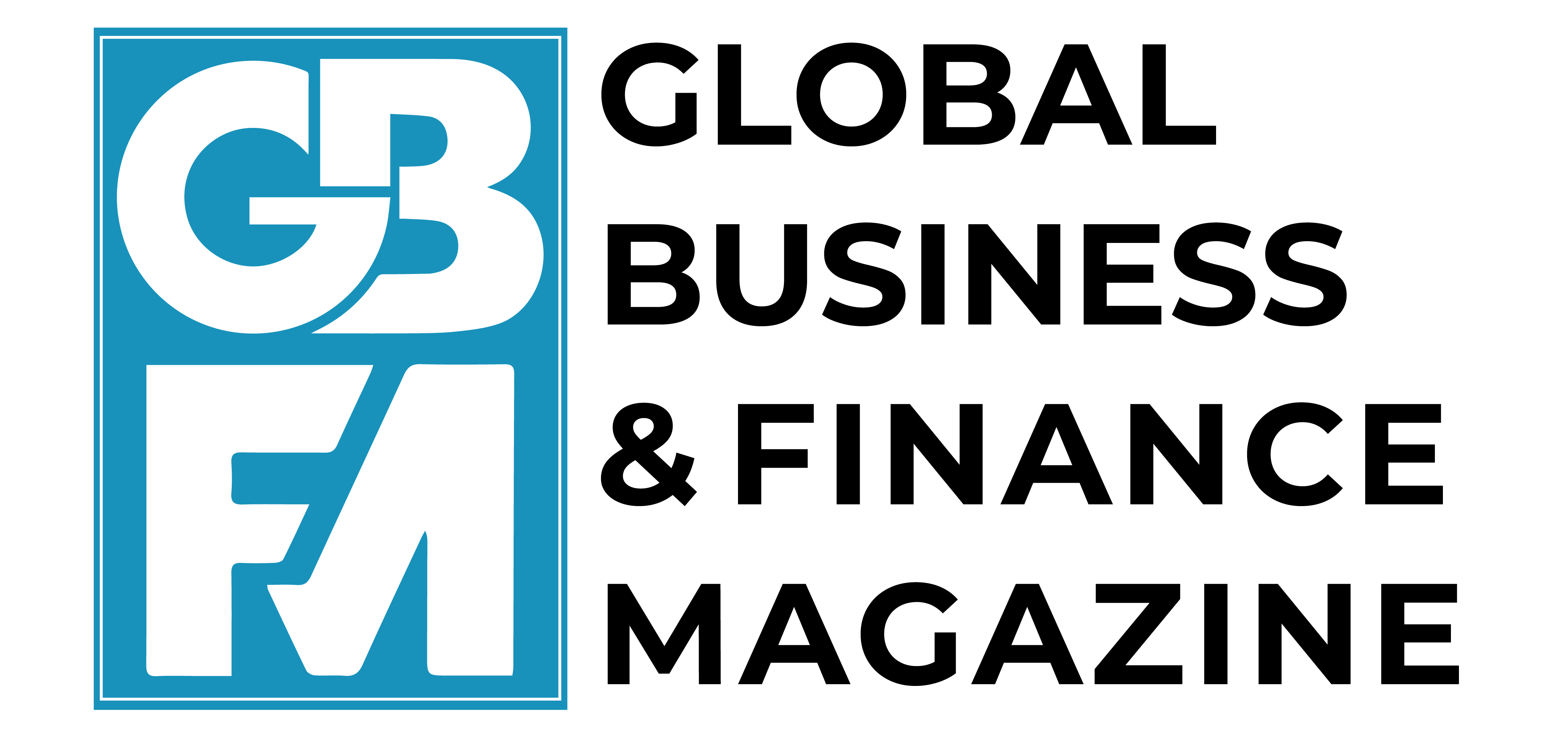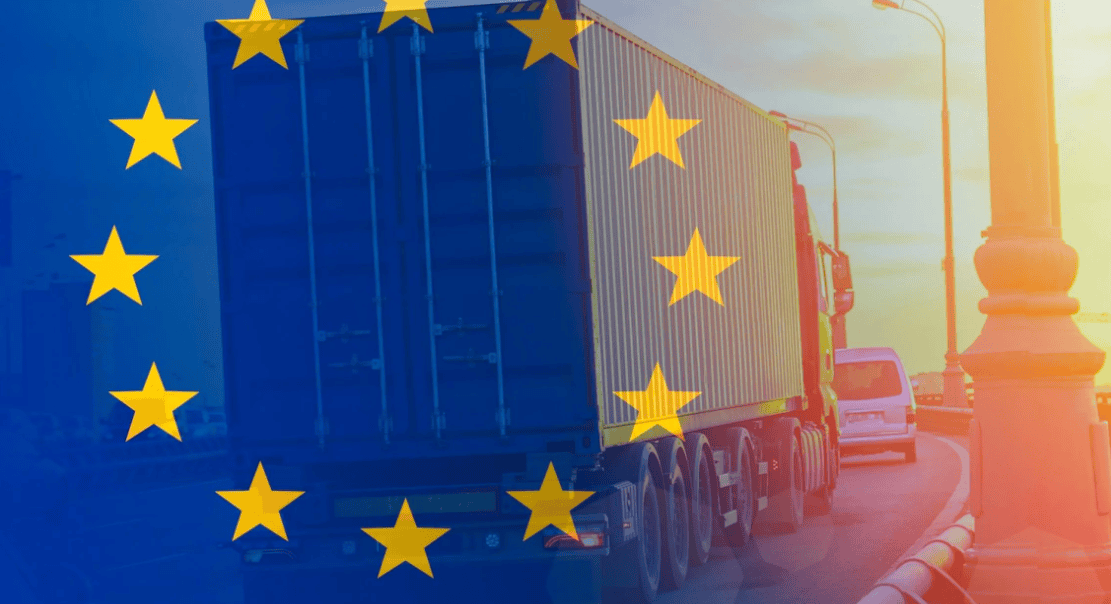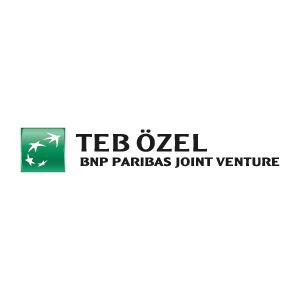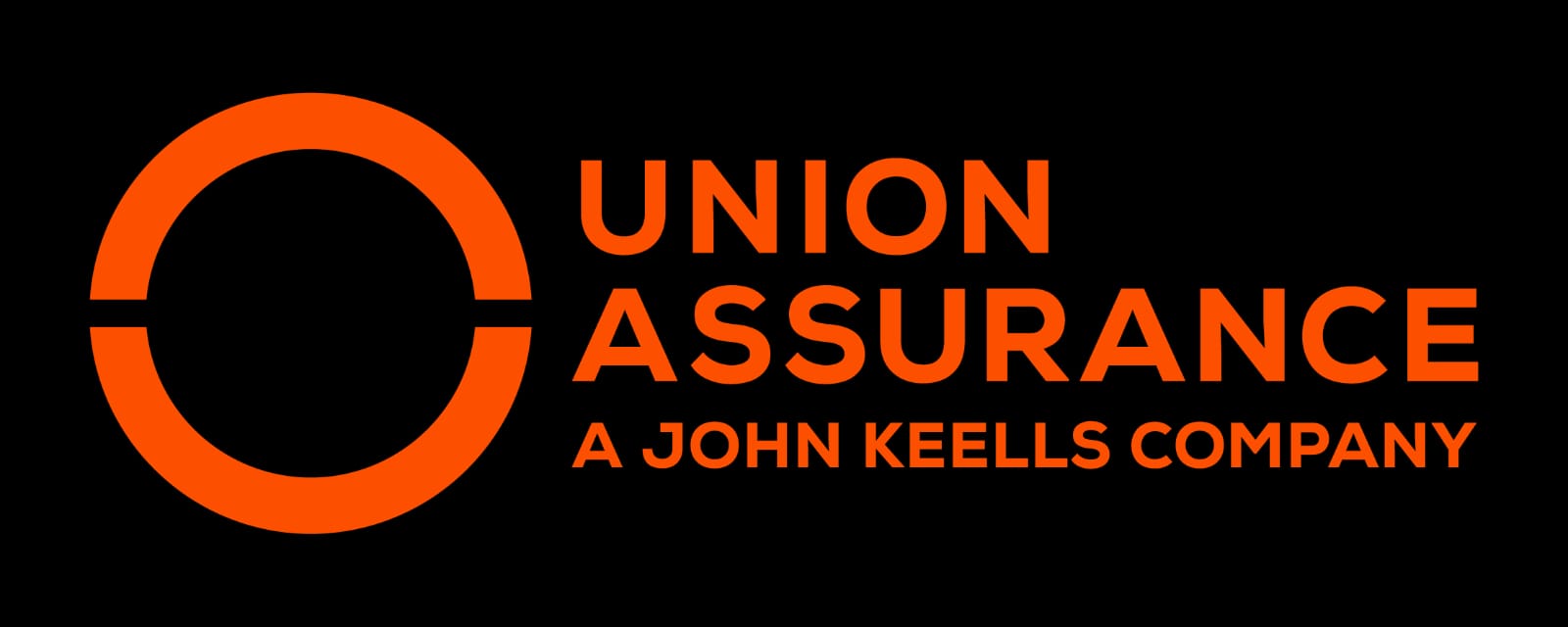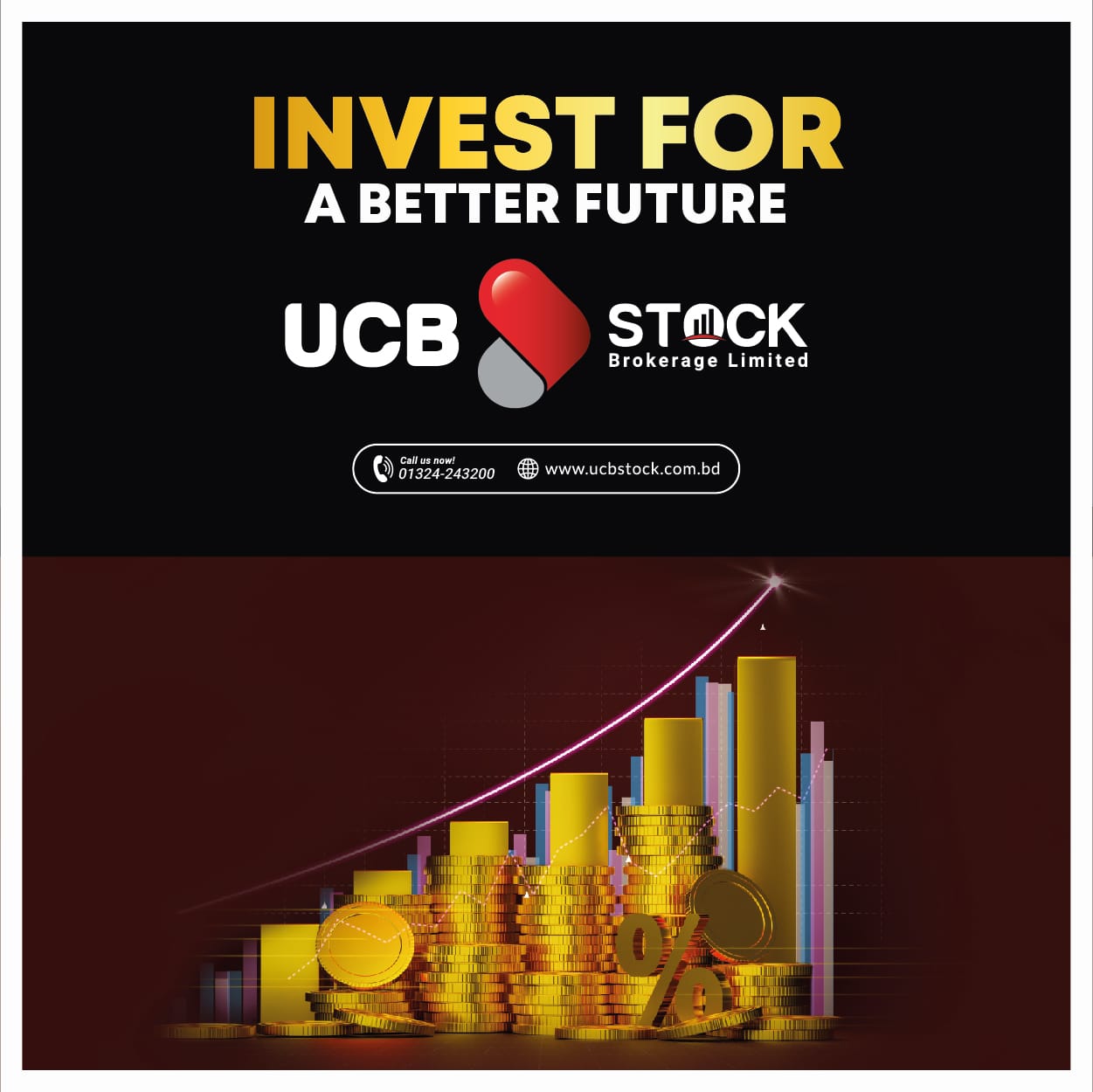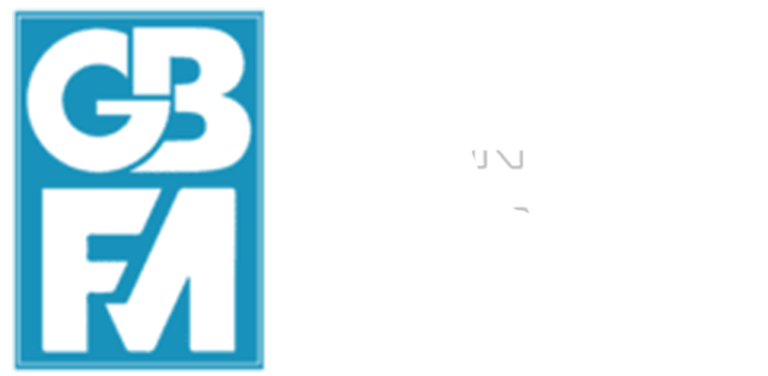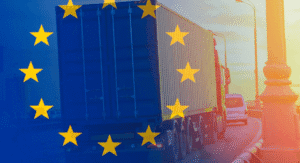The introduction of value added taxes has been widely perceived as successful, boosting government revenue and stimulating industrialisation. This contrasts with the empirical finding that, in countries that are heavily dependent on exports of natural resources, the introduction of VAT has led on average to lower tax revenues and did not stimulate industrialisation. The findings suggest a novel channel for the resource curse hinging on the interaction between economic structure and the design of tax systems.
Since its initial implementation in France in 1954, more than 175 countries have adopted a value added tax (VAT) or a comparable goods and services tax (GST) as of January 2025 (see Figure 1). This widespread diffusion reflects the effective role of VAT as cornerstone of modern tax policy, the principal instrument for revenue mobilisation in both advanced and developing economies. VAT is a prominent tool, which relies on its destination principle and complements the tax transition resulting from trade liberalisation.
Figure 1 Worldwide VAT introduction


Notes: The map shows the date of introduction of value added tax (VAT) by country as of January 2025. The darker the shade of red the more recent the adoption. Grey color indicates the country under consideration has not adopted VAT.
Dependence on exports of natural resources leads to macroeconomic challenges (Hauk and Cabrales 2011, Ross 2012, Gylfason and Arezki 2012, Van der Ploeg 2011). One is the excessive indebtedness of economies experiencing the bust of a resource boom. Another is the Dutch disease, wherein a natural resource discovery or price increase of the exported resource is accompanied by an overvalued real exchange rate, which in turn shrinks the non-resource export sector. This so-called ‘resource curse’, whether it is through excessive indebtedness or the Dutch disease, acts via the expenditure channel as opposed to the tax channel.
However, a priori, there is no good reason to rule out that a potential ‘tax channel’ of the resource curse is less potent than the expenditure channel. Tax revenue may not just be relatively lower in resource dependent economies, but tax systems may also impede economic diversification. A cursory examination of the data reveals that countries with greater dependence on natural resources have on average lower tax revenues (see Figure 2). That correlation thus warrants further investigation. In a recent paper (Arezki et al. 2025), we fill the gap in the literature on the resource curse by systematically exploring the link between natural resource dependence, taxation and industrialisation, exploiting global evidence from the introduction of VAT.
Figure 2 Natural resource dependence and taxation


Notes: Natural resource exports are the sum of export shares of agricultural raw materials, ores and metals, and fuels obtained from the World Bank, World Development Indicators. Non-resource tax revenue is obtained from subtracting resource revenues from total tax revenue excluding social contributions obtained from the United Nations’ Government Revenue Dataset (GRD). All measures are expressed as shares of GDP. Using non-resource GDP instead yields similar results.
A substantial body of literature has examined the performance of VAT systems pointing to mixed results. Keen and Lockwood (2010) find a significant and sustained increase in tax revenue. Conversely, Bausgaard and Keen (2010) show that low-income countries have generally failed to recover lost trade tax revenues through domestic taxation, including VAT. An important debate related to the VAT is whether the tax amounts to an export subsidy. Feldstein and Krugman (1990) show theoretically that an ideal, uniform-rate VAT exerts no distortionary influence on either international trade flows or equilibrium resource allocations. Interestingly, Benzarti and Tazhitdinova (2021) provide empirical evidence in support of VAT not being distortive of trade flows across member countries of the EU. In our paper (Arezki et al. 2025), we provide evidence that the introduction of VAT has a differentiated effect on tax revenues and industrialisation depending on initial structure of the economy namely the degree of resource export orientation.
To the best of our knowledge, there is no systematic analysis exploring the effect of adoption of VAT on both tax revenues and industrialisation across economies differing in terms of their economic structures. Yet, the performance of VAT is likely to vary considerably depending on structural factors such as resource dependence. As a consumption-based tax following the destination principle (i.e. it should be paid where a product is consumed, not produced), VAT subjects exports to zero rate so that goods and services consumed abroad fall outside the domestic tax base. Consequently, exporters are entitled to refunds linked to VAT paid on their inputs. This implies that transitioning from tariffs or sales taxes to a VAT regime may have markedly different fiscal and structural implications for export-oriented economies compared to economies without such a skewed economic structure.
In our paper, we use a global panel dataset to explore the dynamic effects of introduction of VAT on both tax revenues and industrialisation. To estimate the dynamic response of tax revenues (industrialisation) resulting from the adoption of VAT, we employ the local projections difference-in-differences (LP-DiD) estimator formulated by Dube et al. (2023). We find that VAT has had a heterogeneous effect on (non-resource) tax revenues along the degree of dependence on resource exports. Further, the introduction of VAT did not stimulate economic diversification away from the natural resource sector, contrary to its promise. A remarkable feature of the tax channel we uncover is that it does not hinge on political economy considerations. We find that the response of imports of goods and services – which are deductible of VAT under the destination principle – constitutes an important mechanism for our main results. Our findings hence suggest a novel channel for the resource curse, which may be reinforced but does not rely on political economy considerations, hinging solely on the interaction between economic structure and the design of tax systems.
Interestingly, China has departed from the standard European design of VAT. Initially introduced in 1994 with a standard rate of 17%, China’s VAT was designed in accordance with the destination principle, thereby entitling exporters to full VAT refunds. However, by 1996, concerns over the fiscal burden of these reimbursements prompted the authorities to introduce rebates – or equivalently, partial refunds. These rebate policies have since evolved into a flexible instrument of industrial policy, alternating between export promotion of some goods and domestic revenue mobilisation. China’s innovative design could potentially offer lessons for economies with a skewed economic structure and developing economies in general.
Source : VOXeu

